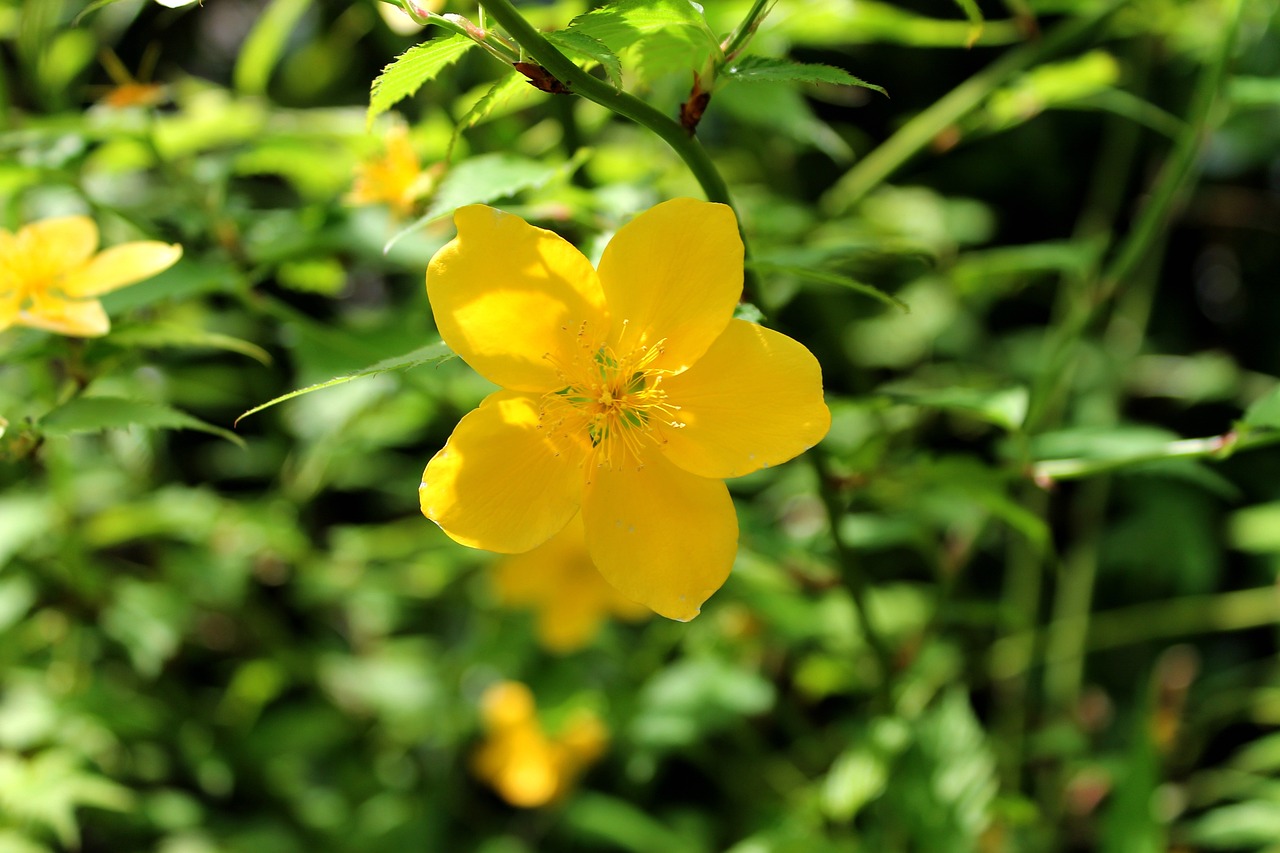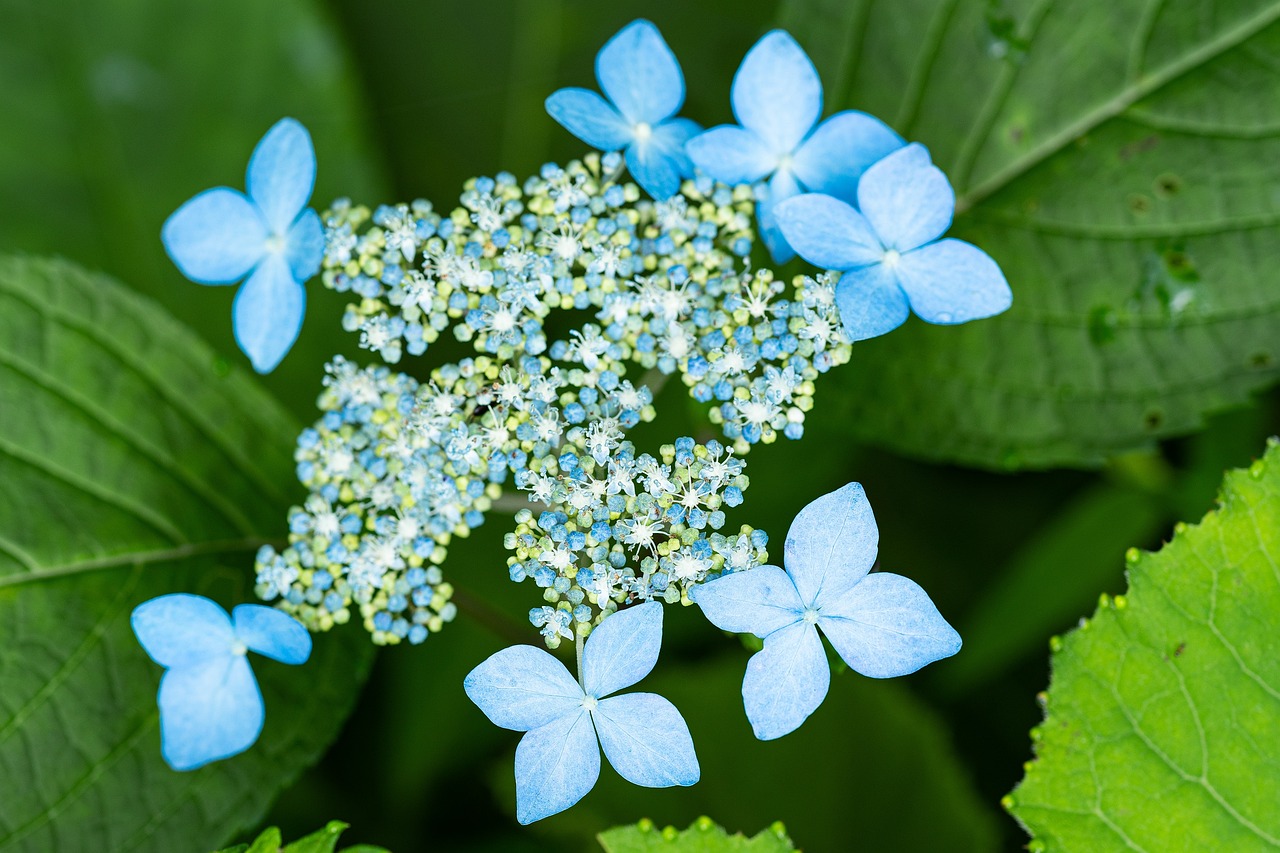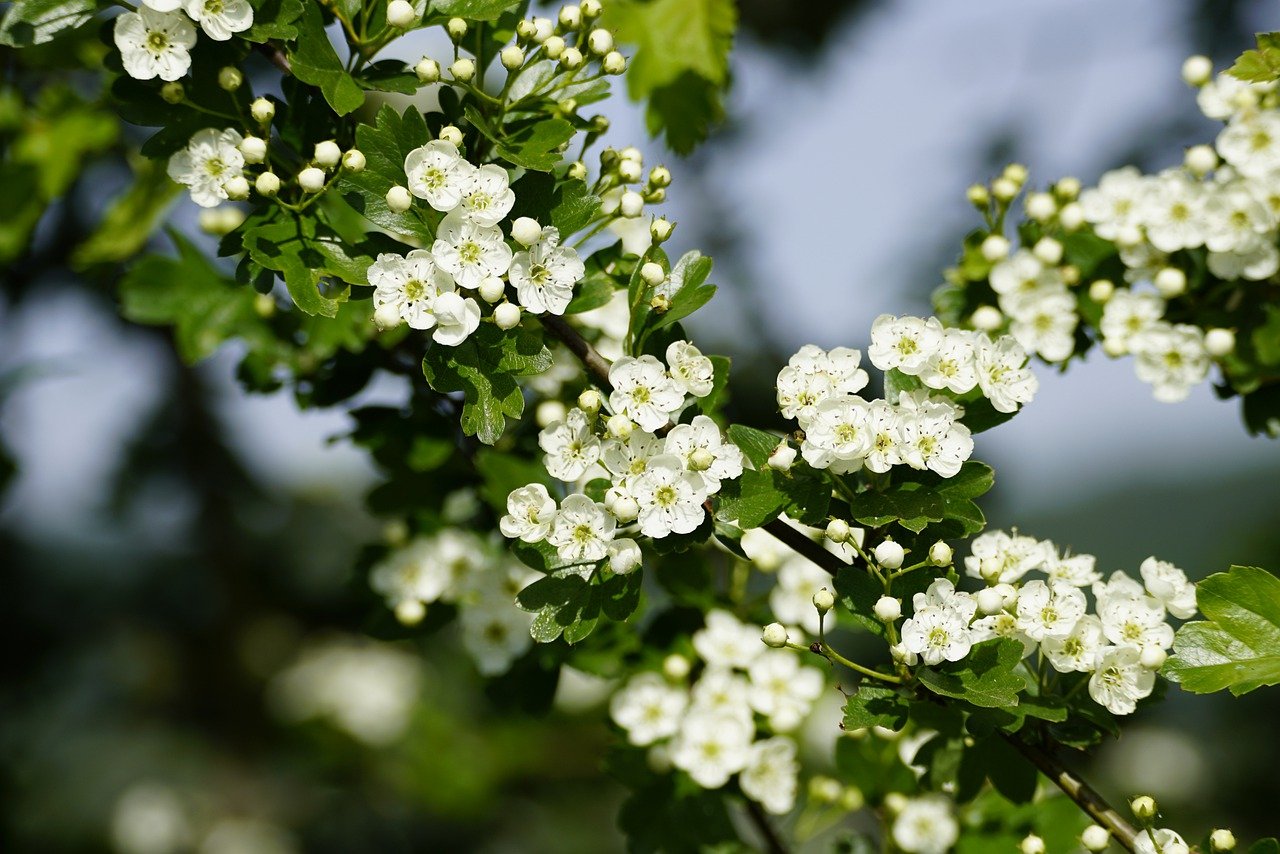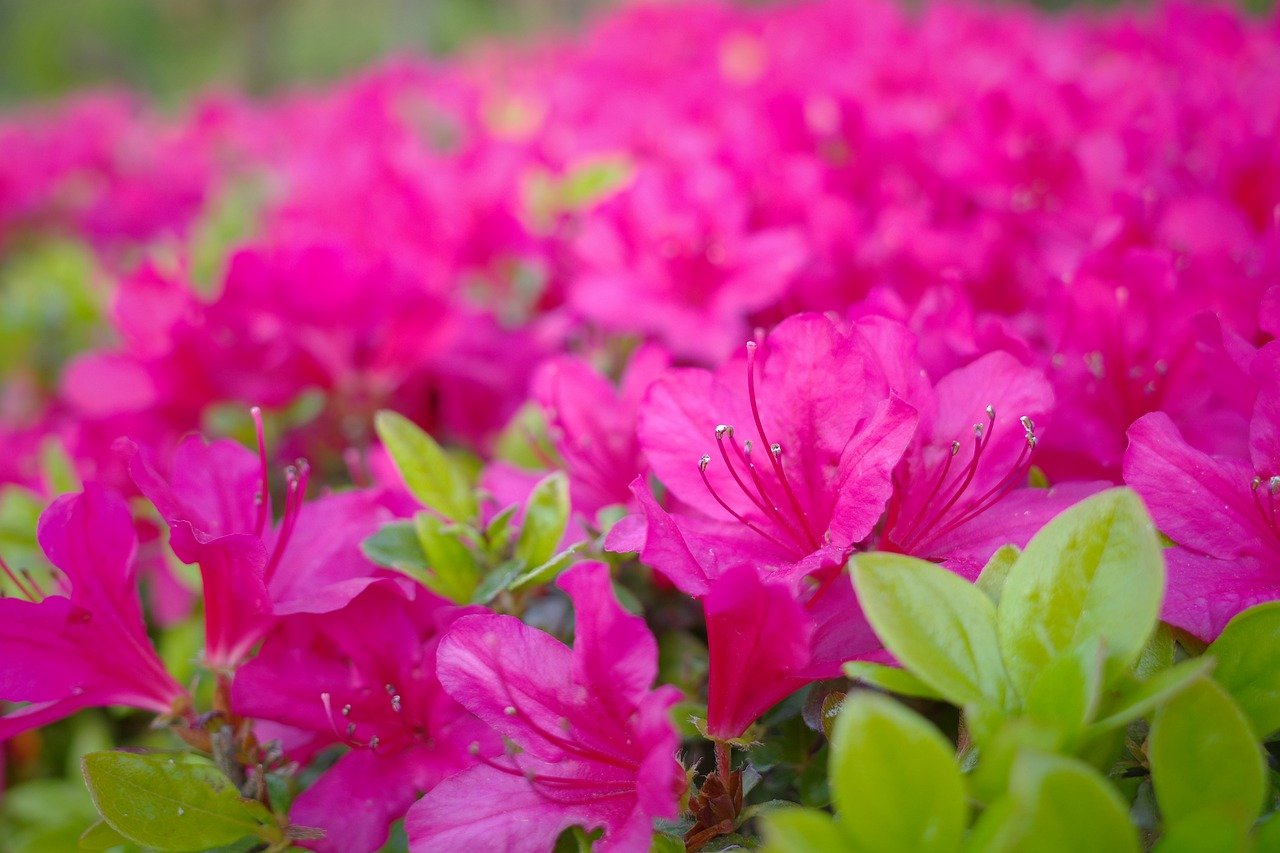Ixora coccinea | The Scarlet Flower that Adorns South Asian Temples
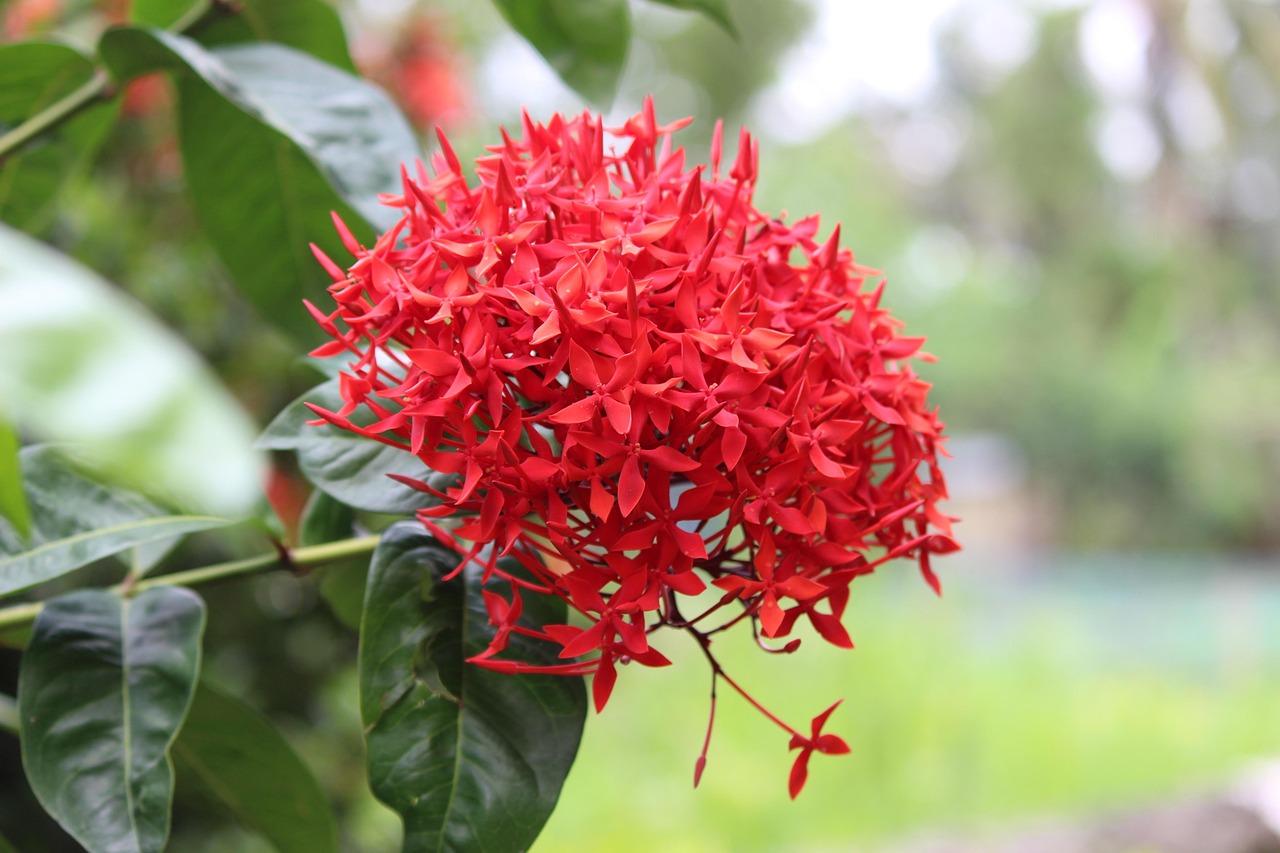
Ixora coccinea is an evergreen shrub that produces dense clusters of vivid red and orange flowers. Its tropical charm brings a bright and decorative touch, making it a popular choice in gardens, parks, and potted displays.
With its vibrant colors that blend harmoniously into tropical landscapes and a long blooming season, it has been cherished by gardening enthusiasts around the world.
In this article, I will provide detailed information on Ixora coccinea, including its basic characteristics, cultural significance, historical background, and cultivation methods.
Basic Information
- Scientific Name: Ixora coccinea
- Family: Rubiaceae
- Origin: India, Sri Lanka, Southeast Asia
- Appearance: A compact evergreen shrub with glossy leaves. The flowers are tiny (a few millimeters in diameter), forming dense, spherical clusters in shades of red, orange, yellow, and pink.
- Blooming Season: Spring to autumn (year-round in warm climates)
- Fruiting: Small fruits may appear after flowering, but the plant is mainly valued for its blossoms.
Cultural Significance Around the World
Ixora coccinea has long been admired as an ornamental plant across tropical and subtropical regions, especially in Asia.
In India, it is known as “Jungle Geranium” and is often planted around gardens and temples, serving a decorative role. Its brilliant flowers are also used in celebrations and religious rituals, delighting people in daily life.
In Myanmar, it is called “Chain-thee” or “Sinchu,” and is widely recognized as a cultural national flower. Although not officially designated, it is deeply rooted in Buddhist rituals and offerings, symbolizing sanctity and reverence. It is frequently chosen as a flower to adorn Buddha statues.
In Thailand and Malaysia, it is commonly planted in home gardens, where its vivid colors are believed to represent happiness and family harmony.
In warm regions such as Hawaii and Florida, it is widely used in resort gardens and public parks, adding a tropical and cheerful atmosphere.
Historical Background
The cultivation of Ixora coccinea dates back centuries, particularly in southern India and Sri Lanka, where it was grown as a garden plant.
Records indicate its use in Hindu and Buddhist rituals, where it adorned sacred spaces.
In the late 18th to early 19th century, European explorers and botanists introduced the plant to the West. It soon gained popularity as a greenhouse plant in countries such as Britain and France, where its exotic tropical charm inspired the development of various cultivated varieties.
Today, it continues to be widely grown in warm regions across the world as an ornamental plant for gardens and parks.
Gardening Advice
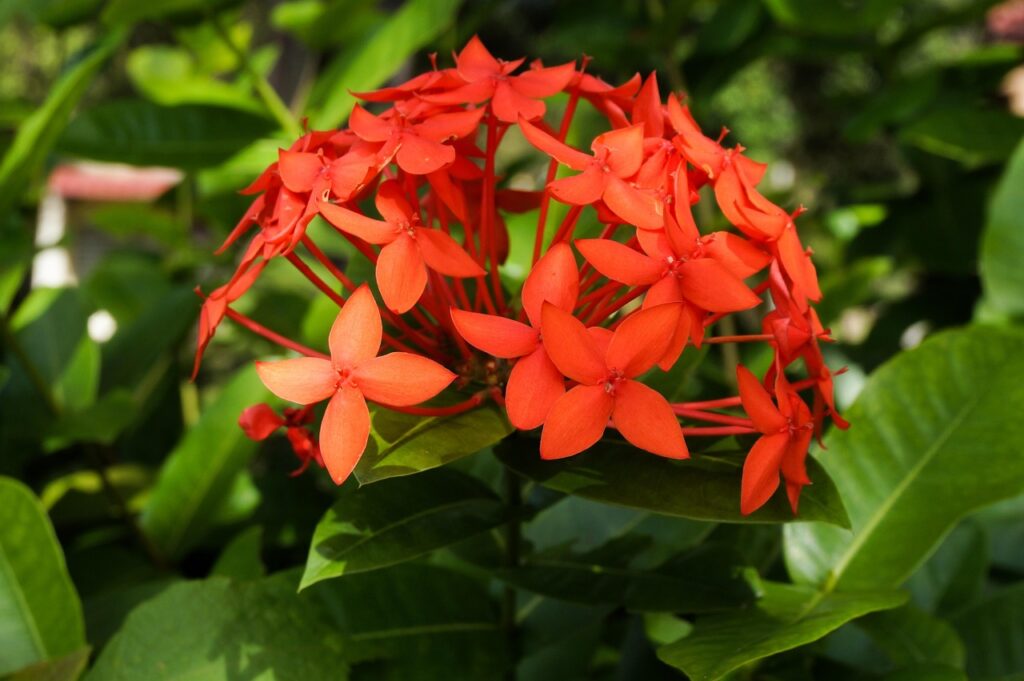
Ixora coccinea thrives in warmth and sunlight. Here are some essential tips for cultivation:
Sunlight
Prefers full sun. Outdoors, plant it in a sunny location. Indoors, place it near a bright window.
Watering
Water thoroughly when the soil surface becomes dry. In summer, prevent dehydration; in winter, water sparingly.
Soil
Prefers well-drained, slightly acidic soil. Mixing peat moss or leaf mold into standard potting soil works well.
Fertilizer
Apply slow-release fertilizer every two months during the growing season (spring to autumn). Liquid fertilizer once a month is also effective.
Pruning
After flowering, prune to maintain shape and encourage new growth. Thin out crowded branches to improve airflow and keep the plant healthy.
Cold Tolerance
Sensitive to cold. In regions where temperatures fall below 10°C, grow it in pots and move indoors during winter.
Conclusion
Ixora coccinea, with its vivid flower clusters and tropical elegance, has been treasured across cultures.
In India and Southeast Asia, it is valued as a decorative plant in temples and gardens. In Myanmar, it is revered as a cultural national flower used in Buddhist rituals.
Since the 18th century, it has also fascinated Europe as an exotic greenhouse plant.
Thriving in warmth and light, this striking flower brings brightness and vibrancy to any space.

